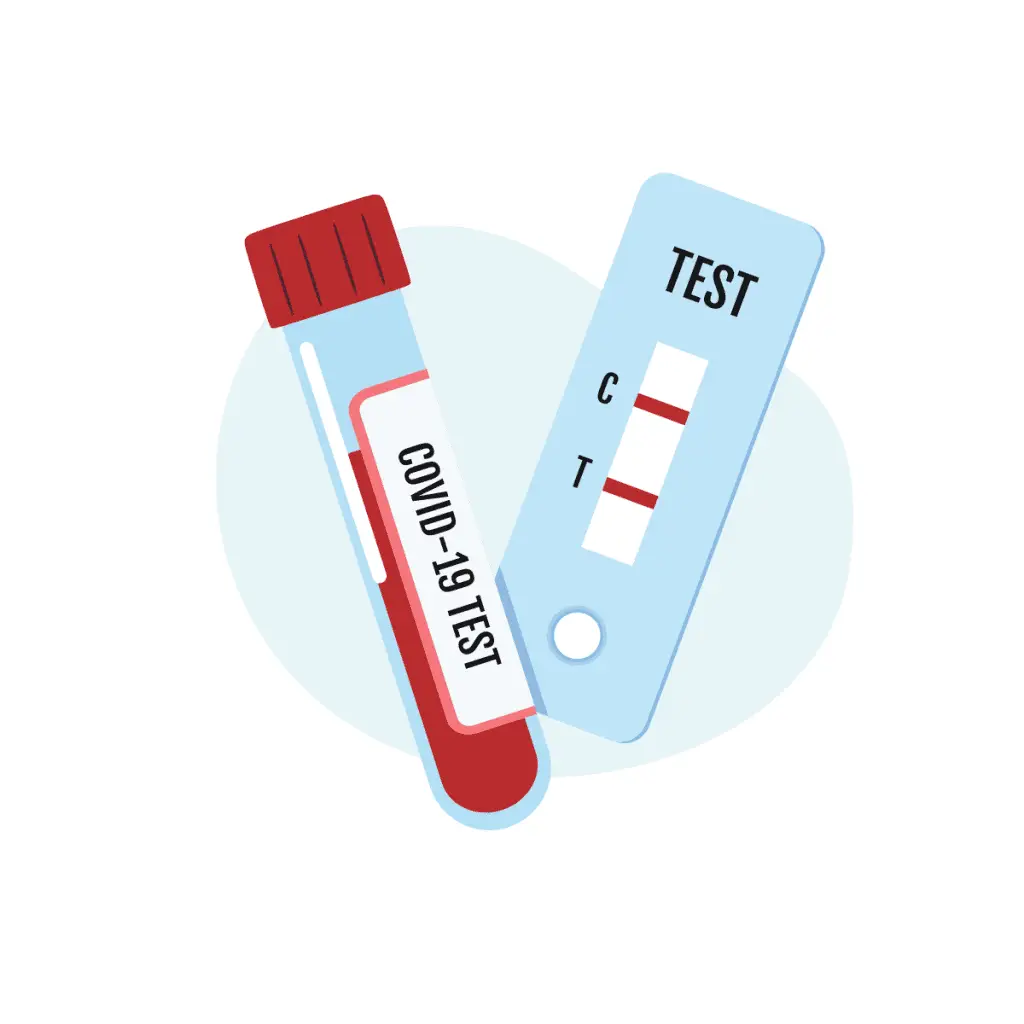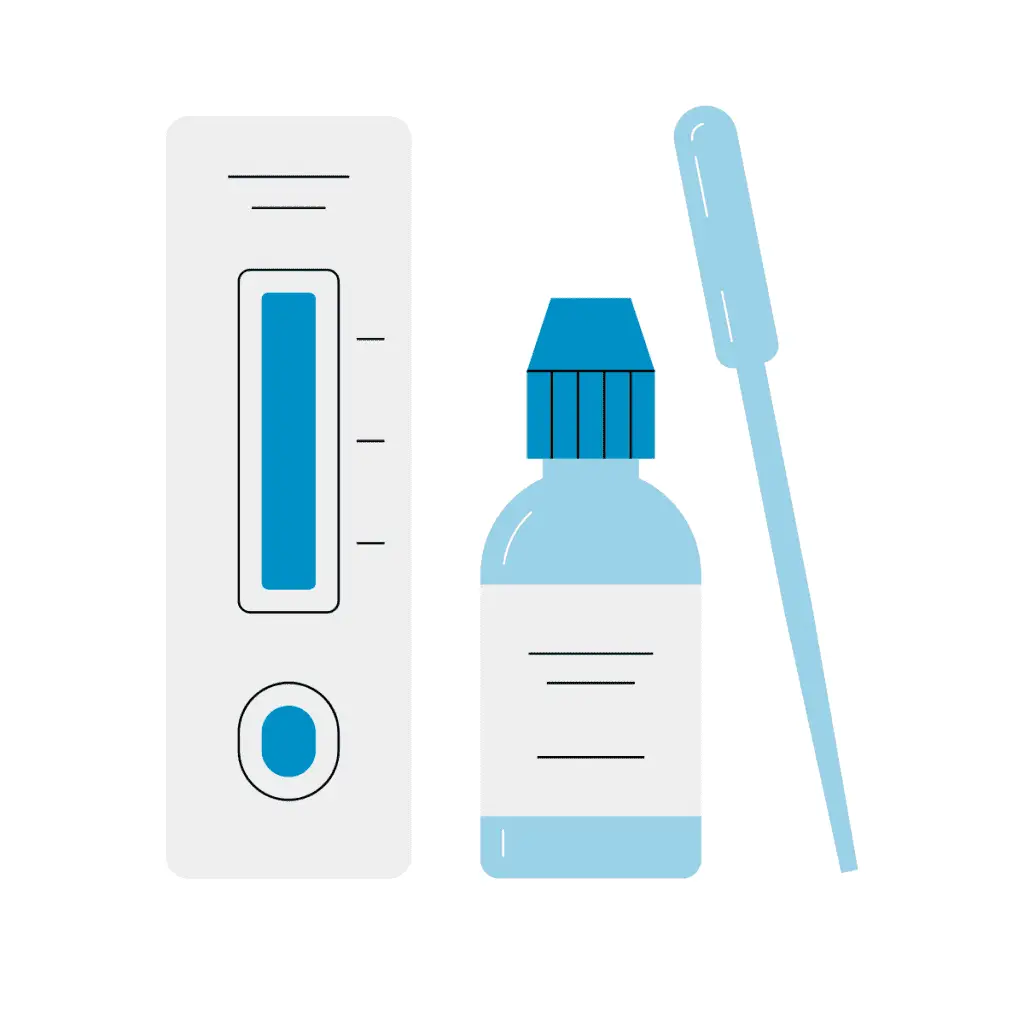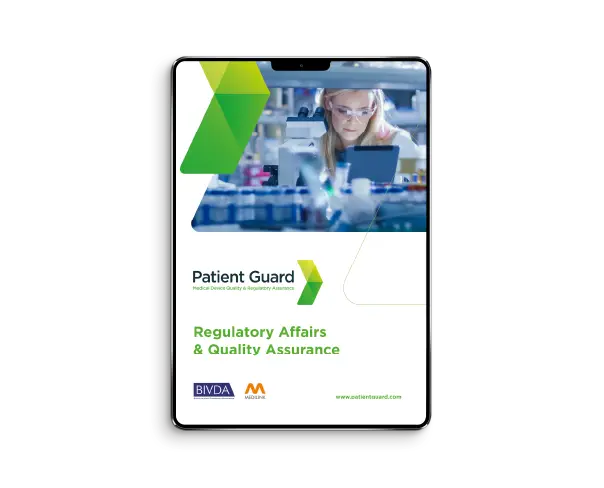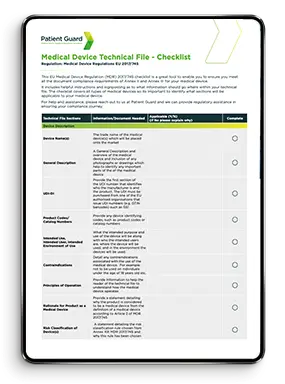In Vitro Diagnostic Regulations (IVDR) – EU 2017/746
In vitro diagnostic (IVD) devices are indispensable tools, providing invaluable insights into patients’ health conditions. With the introduction of Regulation (EU) 2017/746, commonly known as IVDR, the European Union has implemented stringent regulations to ensure the safety, efficacy, and quality of these diagnostic instruments. As of May 26, 2022, this regulation has ushered in a new era, shaping the practices of manufacturers, healthcare professionals, and patients as they navigate the complexities of this comprehensive regulatory framework.

Understanding the Scope of IVDR
At the core of IVDR lies its expansive scope, encompassing a wide array of IVDs. From genetic tests predicting diseases to sophisticated infectious disease diagnostics, this regulation covers a diverse spectrum of diagnostic testing methods. This all-encompassing approach highlights the European Union’s dedication to safeguarding public health and ensuring that patients receive accurate and reliable results, regardless of the complexity of the diagnostic test.
Key Changes and Requirements
A pivotal aspect of IVDR is its risk classification system, which categorizes IVDs into different classes based on their inherent risks. Let’s delve into the specifics of each risk classification:
Class A: Low-risk devices, such as devices used for general laboratory purposes, that do not directly diagnose diseases or conditions.
Class B: Devices with a higher level of risk, such as blood glucose monitoring devices, used for self-testing or near-patient testing.
Class C: Devices with a moderate level of risk, like HIV test kits, which provide essential information for disease diagnosis and management.
Class D: High-risk devices, including companion diagnostics used to identify patients eligible for specific therapies, where inaccurate results could have significant consequences.
Manufacturers must undergo a meticulous conformity assessment process, including clinical performance evaluations, analytical studies, and post-market surveillance, tailored to the risk classification of their IVDs. Additionally, IVDR emphasizes the importance of robust clinical evidence, collected from well-designed studies, to support the accuracy and reliability of IVDs, instilling confidence in healthcare professionals and patients alike.
Navigating the New Landscape
Manufacturers find themselves at the forefront of IVDR compliance, necessitating close collaboration with notified bodies, independent organizations designated by EU member states. Notified bodies play a crucial role in the certification process, ensuring that IVDs meet the rigorous standards set forth by IVDR. This collaboration fosters a culture of quality and safety within the industry, aligning manufacturers with the stringent requirements of the regulation.

Furthermore, the implementation of Unique Device Identification (UDI) marks a transformative shift in the regulatory landscape. Each IVD must now bear a unique identifier, enhancing traceability and expediting responses to safety concerns. This UDI system not only bolsters patient safety but also streamlines post-market surveillance, ensuring a proactive approach to potential risks.
The emphasis on post-market surveillance and vigilance underscores IVDR’s commitment to continuous monitoring. Manufacturers are mandated to establish robust surveillance systems, collecting data on device performance, adverse events, and usability issues. Timely reporting of incidents and corrective actions is crucial, enabling swift responses to potential risks and further enhancing patient safety.
Embracing Transparency and Traceability
IVDR signifies a fundamental shift towards transparency, with vital information about IVDs, including summaries of safety and clinical performance, being publicly accessible through the European Database on Medical Devices (EUDAMED). This centralized repository serves as a vital resource, empowering healthcare professionals and patients alike with information that fosters informed decision-making, ultimately enhancing patient outcomes.

Summary
In conclusion, the implementation of EU 2017/746 marks a monumental leap in the regulation of in vitro diagnostic devices. By prioritizing patient safety and ensuring the availability of high-quality diagnostics, IVDR reshapes the industry, setting unprecedented standards for reliability and quality. Manufacturers, healthcare professionals, and regulatory authorities must collaboratively embrace these changes, working diligently to comply with the stringent requirements outlined in IVDR.
This collective effort signifies a commitment to excellence. Manufacturers must invest in research and development, ensuring the continual enhancement of IVD quality. Healthcare professionals need to stay abreast of the latest advancements, actively contributing to the discourse on diagnostic technologies. Patients, too, can rest assured in the enhanced safety measures, knowing that their well-being is paramount.
In essence, EU 2017/746 revolutionizes the in vitro diagnostic landscape, fostering a safer, more transparent healthcare environment for all stakeholders. By navigating the intricacies of IVDR, the industry is not just meeting regulatory standards; it is actively shaping a future where diagnostic devices are not only cutting-edge but also remarkably reliable. This dedication to excellence ultimately translates into improved patient outcomes, underscoring IVDR’s pivotal role in advancing healthcare globally. As the industry evolves in response to these regulations, one thing remains clear: IVDR is not just a regulation; it is a commitment to a safer, healthier future for all.
How can Patient Guard Help?
Patient Guard is a seasoned consultancy and have helped many customers with their IVD compliance needs. Our no nonsense approach will ensure that you get the very best service and pay only for services that you actually need. If you are bringing an IVD to market or need assistance with moving over to the new EU 2017/746 IVDR then contact us today.




